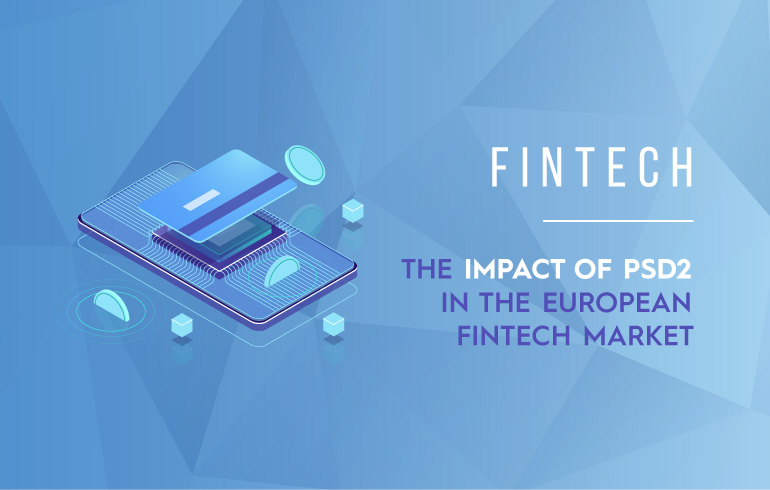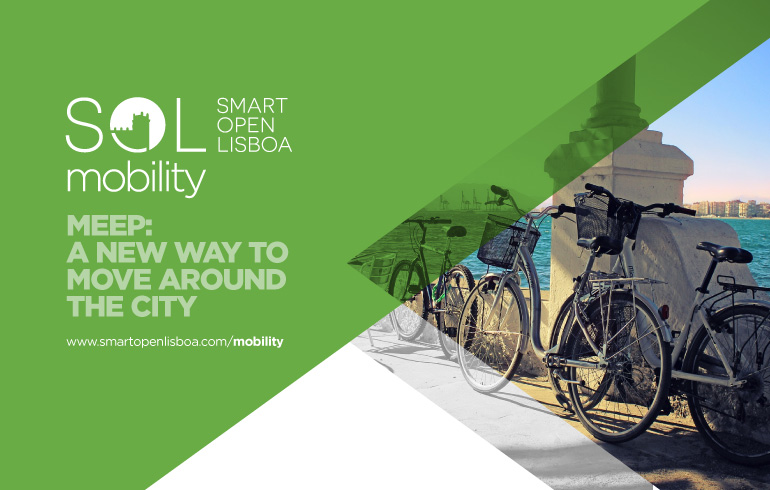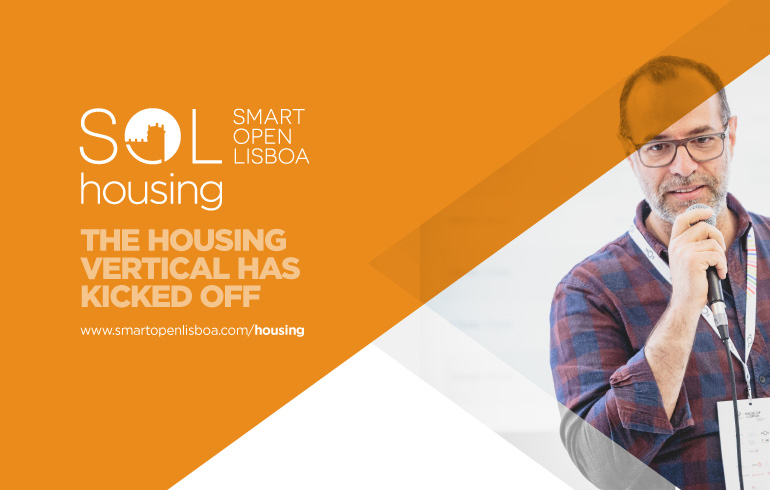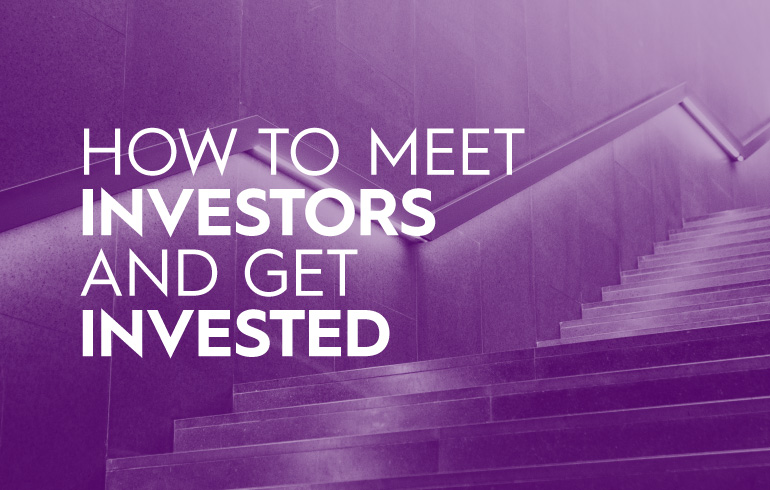
by silvia | Mar 21, 2019 | Corporates, Investors, Startups, Uncategorized
On our Fintech Trends of 2019 report, we highlighted that one of the big trends would be change brought on by new regulations, namely the Payment Services Directive 2 (PSD2). It’s a European Union Directive with the aim to contribute to the creation of a single market of payment services in Europe.
The directive
The Payment Services Directive 2 (PSD2), enables bank customers, both consumers, and businesses, to use third-party providers to manage their finances, aiming to be safe for all entities involved, efficient in time and in costs and communications infrastructure, innovative by opening opportunities for new services and competitive, pushing for an ecosystem where several providers work on.
The new players
PSD2 creates the conditions for any client (private or business) to authorize their bank to give access to their account and payment information to any other providers properly authorized by national regulations – what is called Third Party Providers (TPP).
These third party providers can be Payment Initiation Service Providers (PISP), that provide payment alternatives to credit and debit cards, Account Information Service Providers (AISP), that aggregate information, online, information from multiple accounts and offer their customers an overview of their financial position, or Account Servicing Payment Service Providers (ASPSP), that make available and hold the payment accounts of consumers.
In a nutshell, the open banking API allows these third-party providers to access consumers’ financial information (with their permission) so they can provide them with new and innovative services.
A consumer-centric market
With the implementation of PSD2, banks will no longer be competing with just other banks, but every other financial services provider. Changing the payments value chain and which business models are profitable, will result in a more consumer-centric approach to the business.
As consumers expect an increased digitalization, banks will have a harder time differentiating themselves, so they will be partnering up with startups in fintech to provide new services and better experiences, fitting customers’ convenience and expectations.
The benefits
In the end, PSD2 is a directive working towards a more open and innovative fintech market that will achieve:
- More security in electronic payments: Through the use of consumer authentication methods which comply with European standards and the accountability of payment service providers in the event of unauthorized payment transactions
- Better protection against fraud and payment incidents for both consumers and merchants: By certifying all payment service providers who may have access to consumers’ bank details
- The emergence of payment methods tailored to consumers and merchants: thanks to reduced costs in infrastructure and transactions.
The impact of it all is still to be seen – banks must comply with all the regulations of the directive by September 2019 – but bigger players are already taking notice of the impact the directive might have on the financial market: global fintech investment has doubled to €43 billion in 2018, according to DealRoom.co.
To keep getting updates about Fintech, for more tips, news and event details.

by silvia | Mar 20, 2019 | Corporates, Investors, Startups, Uncategorized
Smart Open Lisboa continues to unite the biggest players in different sectors in Lisbon with the most innovative startups to create a better user experience of the city for Lisbon’s citizens. Rethink spoke with Guillermo Campoamor, CEO of Meep, to get to know their work in the program and the future of mobility.
Meep App
Meep App is a multimodal journey planner that combines all modes of transportation available in a city into a single app. With Meep, users can plan, book and pay for rides, eliminating the need to use more than one application.
Through the app, customers can choose the best way to reach their destination, according to their own priorities: being able to choose between the cheapest, the faster or the greener routes.

Meep’s App
SOL Mobility Piloting
For their SOL Mobility pilot, Meep partnered up with Carris, Emel (specifically Gira, the bike sharing component) and CML (Câmara de Lisboa) to aggregate all transportation resources into a single app. Lisbon locals and tourists would be able to plan their daily routes using bicycles and buses. The Meep app would display real-time information for both the bus stops and bike stations so users will have the opportunity to combine both modes of transport in a single route, based on their preferences. Through this pilot, they hoped to improve the mobility ecosystem, making public transportation more attractive and increasing the accessibility of the city by creating routes that no one has previously provided.
RT: What were your goals in joining SOL Mobility?
GC: Our primary goal with SOL Mobility was to create a feasible pilot in Lisbon that would become a successful product deployment, integrating all transport operators in the city. We recognized that the participating partners in the program are key players in the mobility ecosystem who could, therefore, help us establish a network in Lisbon, and make it possible to deploy Meep as efficiently as possible. A very important component to our goal was to be able to adapt Meep to the local market. Thanks to the insights and mentorship we received through SOL Mobility, we managed to quickly adjust certain features within Meep to accommodate the unique characteristics of the city like creating a custom button through which users can apply their monthly pass.
RT: How was developing the pilot along with the partners?
GC: Developing the pilot with the partners added a valuable perspective to our experience in deploying Meep. We were able to observe and learn from the developments along the path to launch, especially changes and needs in integrations. For example, at the beginning, Carris and Gira were the first to jump onboard as principal partners, while Camara de Lisboa joined as an observer. As we made progress and our positive impact on the city spread, other partners outside the SOL mobility program like ecooltra and emov joined the platform. We also saw some partners, who had expressed interest from the start, have to opt out due to technical difficulties.
RT: What is the impact you believe an app like Meep can bring to the city of Lisbon?
GC: All features of Meep aim to improve city life and travel by decreasing the use of private cars and making transport more accessible, user-friendly and ecological. Through more efficient, integrated travel, Meep will reduce travel costs and conserve much-needed time for Lisbon residents. Further, by creating previously unexplored routes, remote areas will become more connected and therefore more livable. Meep will also make life easier and more mobile with in-app ticketing and payments – the next step in deployment. As we continue to develop, we hope the platform will serve as a mobility marketplace within which users can interact with the information in the platform and with each other, giving the city of Lisbon the most accurate and updated user behavior and data with which it will better serve the people.
RT: Are there any first results of success you can share?
GC: Thus far, we have seen Meep users in Lisbon use the app to create endless combinations of different transport modes between buses, bikes, motorcycles, metro (Gira) and scooters. We are growing fast, and more and more people are choosing Meep as their preferred transportation app. Since our recent launch in November, we have more than a thousand active users per week. For now, they are mostly younger techies who want a better way to move around.
RT: What are the next goals for Meep?
GC: Next goals for Meep in Lisbon are to add kick-scooters to the platform and to progressively integrate payments for current operators.
We are also actively increasing the area that Meep covers in Lisbon so that we can connect to other municipalities. We believe this is important for current and potential Lisbon Meep users because many of them commute back and forth on a regular basis.
We are excited to see how the app progresses in the city, and how we can use the data to advance city living and tourism.
[wonderplugin_carousel id=”6″]
Mobility as a Service
Meep believes they are an integrating part of a new business model – Mobility as a Service – that is rising to meet the new challenges of mobility in the cities.
The pressure of population growth, pollution, and traffic in the cities demand that we re-think how transportation services are currently provided and used, to streamline one of the most important parts of city living: getting around.
We can’t wait to see where Meep and Lisbon’s mobility solutions go next, and we’re also very excited about the startups on SOL Housing, the new vertical of Smart Open Lisboa, that kicked its Bootcamp this week – read about it here.

by silvia | Mar 18, 2019 | Corporates, Investors, Startups, Uncategorized
Smart Open Lisboa (SOL) is an ambitious initiative that aims to involve startups and their innovative solutions in contributing towards a better, smarter and more efficient city. Its third edition gains steam, as the Bootcamp phase of SOL Housing kicks off today in Lisbon. The Housing vertical is dedicated exclusively to solutions for smart cities focused on the value chain of the commercial and residential real estate.
The Bootcamp will happen between 18 and 22 of March, in Beta-i’s headquarters and it brings 19 selected startups from the applicants batch to meet the program partners.
The chosen startups are Alfredo AI, Bead, Buildtoo, Doinn, Enerbrain, Heptasense, Howz, idatase,Lumen Cache, MClimate, Meazon, Mycroft Mind, Nice Visions, Nudge Portugal, Onegrid, Parquery, Proximi.io, Trustbill e WearHealth Team.
You can read more about them here.
Started in 2016, Smart Open Lisboa, now in the SOL Housing vertical, is turning the city of Lisbon into a laboratory of experimentation, with utilities and companies working with startups to solve problems and make the citizens’ lives easier.
The program is backed by the city hall (CML) and it partners up with several major players in the market. Together they are making Lisbon an entrepreneurial city, making an investment into upgrading city life.
Read about the partners of the program here.
[wonderplugin_carousel id=”5″]

by silvia | Mar 15, 2019 | Corporates, Investors, Startups, Uncategorized
When starting your own business or growing your own startup KPIs tracking is one of the most important tools you can use to keep your growth on track and measure the viability of your business. We’ll walk you through the traditional and news ways of doing it.
CAC:LTV Ratio
Traditionally, the CAC:LTV Ratio is the most used KPI. This important KPI measures the sustainability of your company. This ratio can be broken down into two metrics:
-
CAC: Client Acquisition Cost
In a nutshell, this metric indicates how much money your company spends to acquire a new single customer (through marketing, advertising, sales, including salaries and overhead).

Essentially, the lowest the CAC, the better, so a high CAC can mean flaws in your sales process, and a growing CAC can be a sign of trouble (as your CAC is expected to reduce with time as you build your brand), but it depends on the situation: it’s not a problem if you’ve introduced a new product or service with much higher margins. Essentially, following your CAC can help you optimize your return on investment.
- LTV: Customer Lifetime Value
This metric measures how long a customer or user remains a client, on average, determining how much business value will derive from each customer.

Combining these two metrics into the CAC:LTV ratio, you get an indicator of the sustainability of a company. For a business to be successful, it must be able to drive more income from its customers, than the money it invests to bring them onboard, and to actually deliver the product/service the customer is receiving.

Although the CAC:LTV ratio has been traditionally used by investors and venture capitalists as a measure of growth and viability, there’s a new more viable KPI that was introduced by Social Capital and is used by Venture City and also by our own team in Lisbon Challenge by Beta-i – the Quick Ratio.
The Quick Ratio
The Quick Ratio is a shortcut metric to define where the product stands in terms of growth. It combines growth, retention and churn into one number that describes how efficiently your product is growing.

Essentially it’s the ratio between the new and resurrected clients over the clients lost in that month. Simply, if a Quick Ratio is >1 the number of users is growing and if it is <1 the number of users is declining.
It’s important to always see the number of lost clients in relation to the acquisition and retention of clients because it can tell you important information to base your next steps on. A company with a high retention rate doesn’t need to make a big effort in sales to keep growing steadily (as opposed to a company with a lower retention rate that would need a bigger client acquisition to keep growing at the same rate).

provided by The Venture City
A lower retention rate means you need to put efforts into bettering your product, and a low acquisition rate might mean you need to rethink your marketing strategy.
The only way to have a high ratio is to keep both acquisition and retention high – that means your product has a healthy life.
The advantage of using the quick ratio is that you can apply it for your product even when you don’t have paying customers yet, or apply it to several parts of the business in order to understand its challenges.
As Eduardo Sette Camara, Lisbon Challenge by Beta-i’s Head of Acceleration put it:
In a gross simplification, sustainable revenue and growth is the end result of capturing value through a great product/service delivery. But if you want to go to the core of what drives that growth, slice up the problem and variables, and really understand what sticks, applying the quick ratio calculation to more and more granular information can deliver those insights. It’s about trying to understand cause and effect.
This is why most VCs are looking into this metric as a way of evaluating the companies they want to invest in – and so should you.

by silvia | Mar 14, 2019 | Startups, Uncategorized
When your startup is looking for investment there are a lot of things you should consider. We break down the steps to take to meet investors the right way.
1. Look for the Right Investors
This is easily the most important part of the process. If all you need is money, then a bank is the easiest way to go. If you’re looking for an investor that means you’re looking for a long-term business partner. When looking for investors, take the time to consider what kind of investor you are looking for:
- Sector: Are you looking for an investor that focuses on your particular sector of business?
- Investment patterns: What type of investments does the investor usually make? Seed, or series A/B? Does it match the phase your startup is in, or what you’re looking in the future?
- Region: Are you a global startup, or are you focusing on a region? Is the investor also focused on a particular region?
- Are you looking for someone with experience and contacts in a particular sector that you want to reach?
This will help you have a better understanding of what kind of investor you’ll need and how do you know if you’re a match.
2. Do some healthy stalking
After you considered and defined all the point in the previous step, it’s time to look for people who fit your criteria and preferences. Don’t be lazy and do your research! Do not approach investors randomly – research their past ventures and investment portfolio, and try to understand if they are a good fit with your company.
Approach leaders and connections within the sector you’re working on and ask for recommendations.
3. Network
This one is pretty simple – to meet investors you need to be where they are! Join the same events, participate in roundtables and join conversations about the industry.
Certain events, like the Lisbon Investment Summit, happening in Lisbon on June 5-6th, are the perfect setting to join discussions and meet the right people.
Don’t forget the 6 degrees of separation – meet as many people as you can and engage in conversations with them. You might meet someone who can introduce you to an investor that might be a great match.
4. Be considerate of the person
Most investors won’t take cold emails, so make sure to get an introduction within your network. Also, don’t spring your business plan on them – take the time to get to know them and understand what they usually work on and what are they looking for at the time. Make you sure you are bringing something valuable to the table.
5. Build a relationship
Let’s be real: no one invests in a complete stranger. You have to understand that an investor is investing as much in you as in the business. So make sure to let them know you are a reliable person, who accomplishes what he sets out to do. After initial contact, if there’s interest, keep them posted on your work and the results of the business.
Keep joining the conversations the sector is having and show that you are an expert in what you do.
In the end, it’s important to realize that there must be a match between the interests and goals of the entrepreneur and the investor. Don’t be shy to say what you want from them (mentorship? introductions?), and what you can offer in return. None of you should ask for something they’re not willing to bring themselves – it should be an equal partnership that is mutually beneficial.











